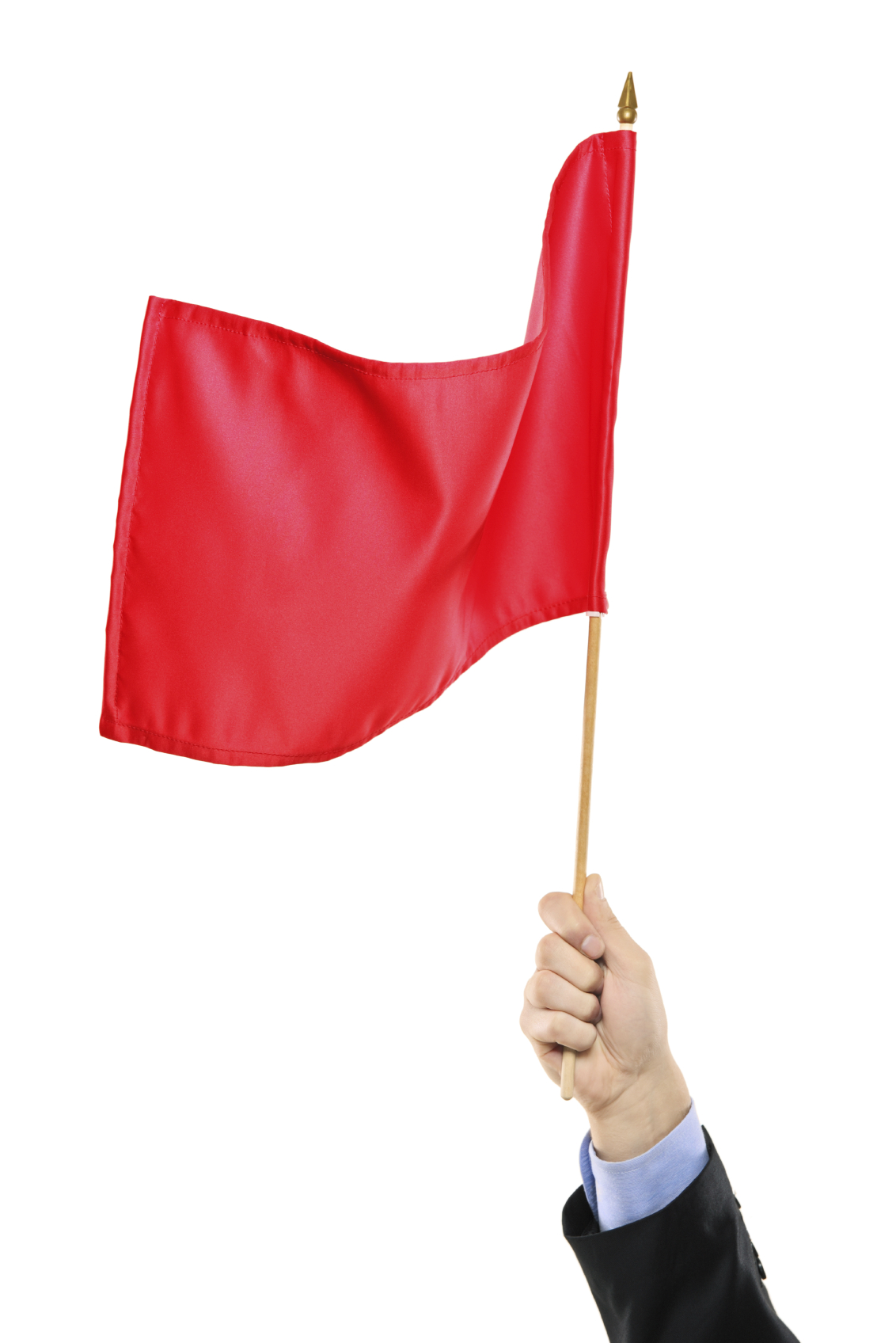By Yellow Bird Editor David Aretha
Before I edit a manuscript, I always inform the author that I’ll be checking the text for spelling. “That’s something you can skip,” one author told me. “I already ran it through the spell-checker.”
Ah, yes, the infallible spell-checker, invented in the 1970s and honed to perfection over the decades by multi-billion-dollar software companies. Given that a flash drive the size of a Bic lighter can safely store ten thousand book manuscripts, surely the spell-checker is bullet-proof when it comes to recognizing all the words in the dictionary.
Well, it isn’t. For example, it didn’t catch multi-billion and bullet-proof in the previous paragraph, which should be multibillion and bulletproof.
Unfortunately, the spell-checker is about as effective as this winter’s flu virus. It catches simple words and correctly leaves misspelled ones underlined in red, but it sheepishly tiptoes out of the room whenever it comes to certain compound words.
Merriam-Webster’s Collegiate Dictionary, the word bible that most book publishers follow, loves to smash compound words together. According to this dictionary (and others), many words that we think are open compounds or hyphenated compounds are actually closed compounds. According to Merriam-Webster,boarding house—which slides through the spell-checker unscathed—is actually boardinghouse. The spell-checker will give the green light to first-hand, even though M-W spells it firsthand. When authors look at my edited manuscript, they are often surprised to see that I changed the spellings of dozens of their compound words in order to adhere to Merriam-Webster.
If you’re looking to self-publish without hiring a professional editor—or you want to appear as professional as possible when you submit your manuscript to a publisher—you should scroll through M-W and get a sense of all the smushed-together compound words. You’ll find stomachache, schoolteacher, andtransatlantic.
I have long come to the realization that I should scrutinize all hyphenated and open compound words. If I think such words have even a remote chance of being closed compounds, I drop them into the search box of www.merriam-webster.com. Very often, my hunch is correct.
Below are some surprising closed compound words, according to the publishing world’s favorite dictionary. You don’t need to memorize these spellings, but I suggest you take two minutes to study the patterns. You’ll see, for example, that counter- and -up words may not always have a hyphen, and that the spellings of waitperson and congressperson indicate that other job+person words are also closed compounds.
absentmindedness
afterburner
antiaircraft
beachcomber
bedsheet
bloodsucker
bookmobile
bullheaded
butterfingers
cheesecloth
concertgoer
congressperson
counterclockwise
counteroffensive
counterrevolution
countertop
crackerjack
crewmen
cubbyhole
deathbed
deathblow
extracurricular
farmhouse
flashlight
footlocker
freestanding
freethinker
freshwater
gearshift
ghostwriter
gumdrop
gunpowder
hairdresser
halfhearted
handcart
hardheaded
headfirst
headgear
homeowner
hotbed
icebreaker
jobholder
kindhearted
landfall
laughingstock
levelheaded
lifelong
lighthearted
longtime
makeup
matchbook
moneymaker
mouthwatering
officeholder
offshore
openhanded
otherworldly
outdistance
overabundance
overaggressive
overcompensate
overgeneralization
painkiller
pawnshop
pigheaded
pincushion
plainclothes
plaything
policyholder
praiseworthy
racecourse
racetrack
ringleader
roundabout
rumrunner
saltwater
sandblast
schoolhouse
seacoast
secondhand
shipbuilding
shorthanded
shortsighted
sledgehammer
sleepwalking
stepdaughter
stockbroker
straightforward
summertime
sundress
sunup
tagline
thundershower
townspeople
troublemaker
turnaround
underdeveloped
underemphasize
uppermost
waistline
waitperson
washtub
wavelength
weatherproof
wholehearted
windowpane
windowsill
workstation
waitperson









